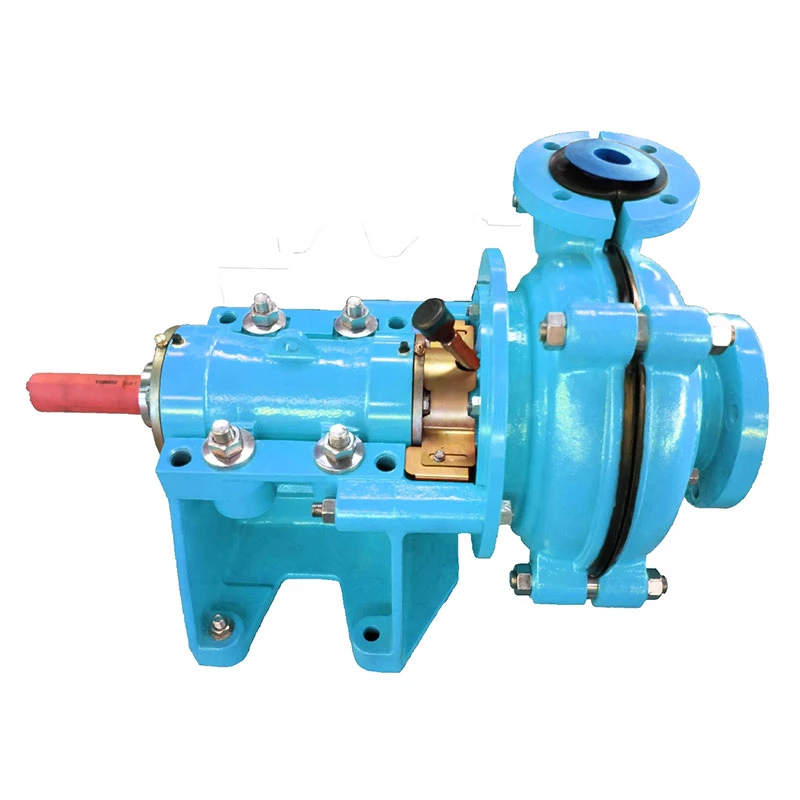-
 support@minemaxx.com
support@minemaxx.com
-
 0086-311-87833311
0086-311-87833311
 NO.8 JIHENG STREET,QIAOXI DISTRICT,SHIJIAZHUANG,HEBEI,CHINA
NO.8 JIHENG STREET,QIAOXI DISTRICT,SHIJIAZHUANG,HEBEI,CHINA
impeller blade types
Understanding Impeller Blade Types A Comprehensive Guide
Impellers are a crucial component in various types of machines, particularly in pumps and compressors. They are responsible for transferring energy to the fluid, thereby increasing its velocity and pressure. The design of impellers significantly influences the efficiency and performance of these systems. This article will explore the various types of impeller blades, their applications, and how they affect fluid dynamics.
Types of Impeller Blades
1. Closed Impeller Blades Closed impellers consist of blades that are enclosed between two discs, creating a solid boundary around the flow path. This design minimizes fluid leakage and enhances efficiency, making closed impellers ideal for applications requiring high pressure. They are commonly used in centrifugal pumps, where maintaining a specific flow rate is critical. The enclosed design also allows for better control over the fluid flow, making them suitable for various industrial applications.
2. Open Impeller Blades Open impellers have blades that are directly exposed to the fluid without any surrounding casing. This design makes them simpler and easier to manufacture, which can lower production costs. Open impellers are less efficient than closed ones, but they are better suited for handling fluids with solids or slurries. Their configuration allows for easier cleaning and maintenance, which is vital in applications like wastewater treatment and mining operations.
3. Semi-Open Impeller Blades Semi-open impellers represent a compromise between closed and open designs. They typically have blades that are partially enclosed but still accessible, providing a hybrid solution. This design offers decent efficiency while allowing for better handling of particulates in the fluid. Semi-open impellers are often used in mixing and pumping applications where some degree of solid handling is required.
4. Backward Curved Impeller Blades Backward curved impellers feature blades that curve in the direction opposite to the rotation of the impeller. This design enhances efficiency by allowing for a smoother and more streamlined flow of the fluid. Backward curved impellers are excellent for high-efficiency applications and are widely used in fans and blowers. They exhibit lower energy consumption and reduced noise levels compared to other designs.
5. Forward Curved Impeller Blades In contrast to backward curved impellers, forward curved blades extend in the direction of rotation. They are typically found in applications requiring high flow rates but lower pressure. Forward curved impellers are common in small fans and blowers, offering a compact design that is effective for lightweight tasks. However, they may suffer from cavitation issues in high-pressure applications.
impeller blade types

6. Mixed Flow Impeller Blades Mixed flow impellers combine features of both radial and axial impellers. This hybrid design allows them to handle a wider range of fluid dynamics, making them versatile in various applications. Mixed flow impellers are beneficial when a balance between pressure increase and flow rate is needed. They are used in applications like submersible pumps and some types of compressors.
Selecting the Right Impeller Blade
When choosing the appropriate impeller blade type, several factors must be considered, including the nature of the fluid being handled, the required flow rate, and the system's operating conditions. Some critical considerations include
- Fluid Properties The viscosity, density, and presence of solids in the fluid can influence the choice of impeller type. Open impellers may be preferable for slurries, while closed designs are better for clear liquids.
- Efficiency Requirements Depending on the application, energy efficiency may be a priority. Backward curved designs are often favored for their high performance in fan applications.
- Maintenance Needs Ease of cleaning and maintenance can impact long-term operational costs. Open and semi-open impellers are typically easier to maintain than closed designs.
Conclusion
Impeller blade types play a significant role in the efficiency and effectiveness of fluid handling systems. Understanding the differences between closed, open, semi-open, backward curved, forward curved, and mixed flow impellers is essential for selecting the right design for specific applications. By considering factors such as fluid properties, efficiency, and maintenance requirements, engineers can optimize their designs to achieve the best possible performance in diverse industrial settings. This knowledge facilitates improved system performance and longevity, ultimately leading to significant operational benefits.
-
Wet Parts for Optimal PerformanceNewsOct.10,2024
-
Vertical Pump Centrifugal SolutionsNewsOct.10,2024
-
Top Slurry Pump ManufacturersNewsOct.10,2024
-
The Ultimate Guide to Centrifugal Pump for SlurryNewsOct.10,2024
-
Pump Bearing Types for Optimal PerformanceNewsOct.10,2024
-
A Guide to Top Slurry Pump SuppliersNewsOct.10,2024
-
Slurry Pump Parts for Optimal PerformanceNewsSep.25,2024

